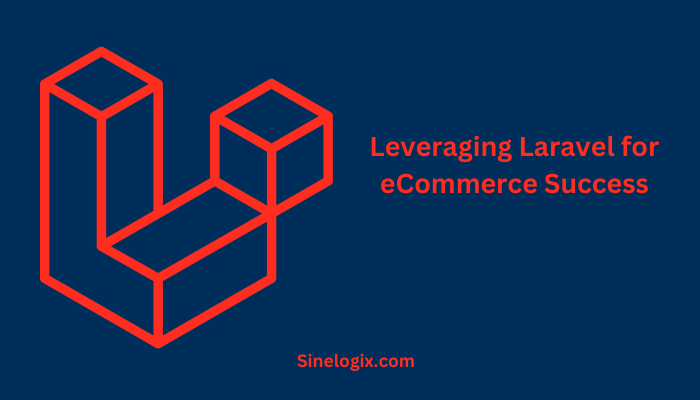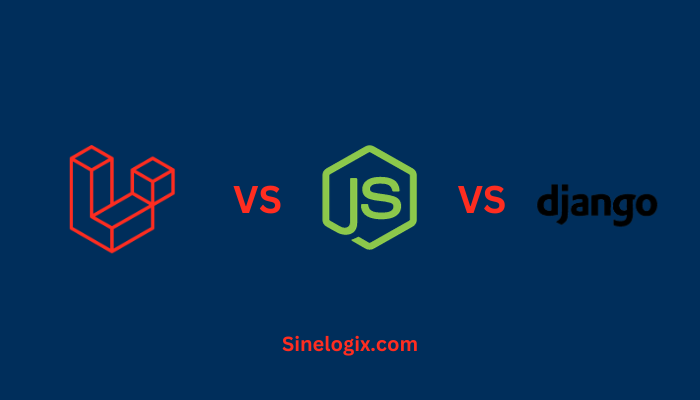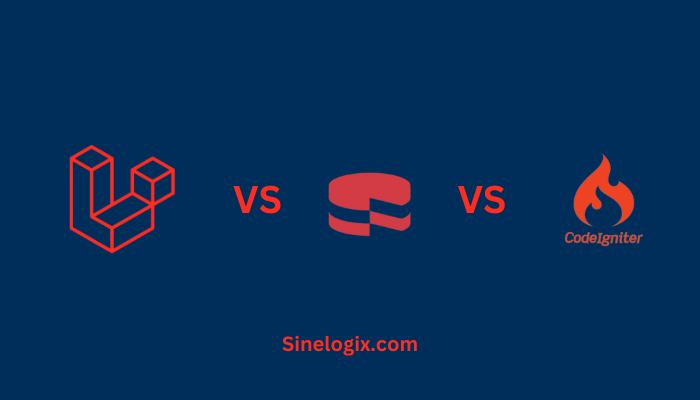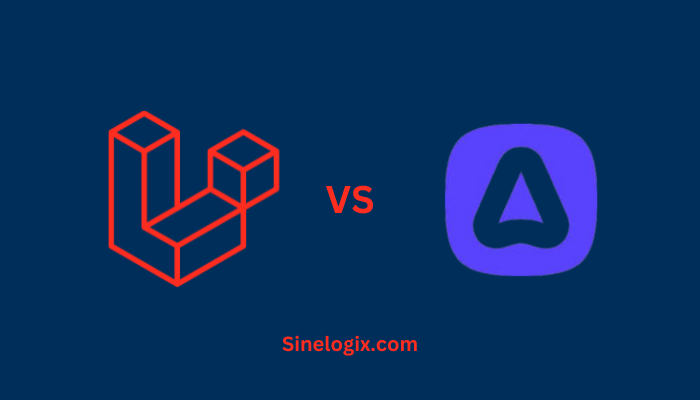The eCommerce industry has experienced an unprecedented boom in recent years. With the convenience of online shopping, businesses of all sizes are venturing into the digital marketplace.
Behind the scenes, technology plays a pivotal role in the success of these eCommerce ventures.
In this article, we’ll explore the advantages of using Laravel, a popular PHP web application framework, for eCommerce development, and how it can help you build a thriving online store.
Why Choose Laravel for eCommerce
When it comes to selecting a technology stack for your eCommerce project, Laravel stands out as a strong contender. With over a decade of experience as a content writer in the eCommerce space, I’ve witnessed how Laravel’s features and capabilities benefit online store development.
-
Advantages of Laravel for eCommerce Development:
a. Developer-Friendly: Laravel’s elegant syntax and developer-friendly approach make it easier to build and maintain eCommerce sites.
b. Robust Security: eCommerce stores deal with sensitive customer data and payment information. Laravel’s built-in security features, including authentication, authorization, and protection against common web vulnerabilities, provide peace of mind.
c. Scalability: As your online store grows, Laravel’s features for caching, queuing, and support for distributed systems make it an ideal choice for ensuring scalability.
d. Comprehensive Ecosystem: Laravel’s vast ecosystem of packages, libraries, and extensions simplifies the development of eCommerce features, from product catalog management to payment processing.
e. Community Support: Laravel boasts an active community, extensive documentation, tutorials, and a wealth of resources for eCommerce developers.
-
Laravel vs. Other eCommerce Platforms:
Laravel competes with other popular eCommerce platforms like Magento, WooCommerce, and Shopify. We’ll explore the differences and advantages of Laravel in this context.
Getting Started with Laravel for eCommerce
Before diving into building your eCommerce store with Laravel, you need to set up your development environment. This includes installing Laravel and configuring it according to your project’s specific requirements. Laravel’s official documentation provides detailed guidance to help you get started.
Once your environment is ready, you can explore Laravel’s ecosystem, which includes tools, packages, and resources tailored to e-commerce development.
Building the Foundation: Laravel Features for eCommerce
Laravel provides a strong foundation for eCommerce development. Key features that are particularly relevant to online stores include:
- Authentication and Authorization: Laravel simplifies user authentication and role-based access control, ensuring that only authorized users can perform certain actions within your store.
- Eloquent ORM for Data Management: Laravel’s Object-Relational Mapping (ORM) system simplifies database interactions, making it easier to manage product catalogs, customer data, and orders.
- Routing and Middleware: Laravel’s routing system and middleware allow you to define how your eCommerce store handles incoming requests and ensure proper data validation and security checks.
- Blade Templating for Custom Storefronts: Create dynamic, data-driven storefronts with the Blade templating engine, giving you the flexibility to design and customize the look and feel of your online store.
- Testing and Debugging Tools: Ensure the reliability and stability of your online store by using Laravel’s suite of testing and debugging tools.
Building Your Laravel eCommerce Store
Let’s focus on the practical aspects of building your eCommerce store with Laravel. This involves managing products, customers, the shopping cart, checkout processes, and more:
- Product Management: Easily add, edit, and categorize products in your catalog, including product descriptions, images, and pricing.
- User Management and Personalization: Allow customers to create accounts, manage their profiles, and personalize their shopping experience.
- Shopping Cart and Checkout Process: Implement a smooth and user-friendly shopping cart and checkout process to reduce cart abandonment.
- Payment Gateway Integration: Connect your eCommerce store to payment gateways like PayPal, Stripe, or other popular options to facilitate secure transactions.
- Inventory Management: Keep track of your product inventory and automatically update stock levels as orders are processed.
Enhancing the Customer Experience
To succeed in the competitive world of eCommerce, you need to focus on enhancing the customer experience:
- Recommendations and Personalization: Implement recommendation engines that suggest relevant products to customers based on their browsing and purchase history.
- Customer Reviews and Ratings: Allow customers to leave reviews and ratings for products, fostering trust and providing valuable feedback.
- SEO Optimization: Optimize your eCommerce site for search engines to improve visibility and attract organic traffic.
- Mobile Responsiveness: Ensure that your online store is fully responsive and accessible on various devices, from smartphones to desktops.
Scaling Your Laravel eCommerce Store
As your eCommerce business grows, you’ll need to address issues related to performance and scalability:
- Caching and Performance Optimization: Implement caching strategies to reduce page load times and optimize overall performance.
- Database Scaling: Explore options for scaling your database to handle increasing data volumes and transaction loads.
- Load Balancing and High Availability: Set up load balancers to distribute incoming traffic across multiple servers, ensuring high availability and reliability.
- CDN Integration: Use Content Delivery Networks (CDNs) to improve the delivery of media assets, reducing load times and improving user experience.
Security in Laravel eCommerce
Security is a critical concern for eCommerce websites. Laravel provides essential security features and practices, including:
- Common eCommerce Security Threats: Explore common security threats in the eCommerce space, such as data breaches and payment fraud.
- Laravel’s Security Features: Learn how Laravel’s built-in security features help protect your online store from potential threats.
- Payment Card Industry Data Security Standard (PCI DSS) Compliance: Understand the requirements for PCI DSS compliance and how Laravel can help you achieve it.
Deploying and Managing Your Laravel eCommerce Store
Once your Laravel eCommerce store is ready, you’ll need to deploy it to a production environment. Consider the following:
- Hosting Considerations: Evaluate hosting options, such as shared hosting, virtual private servers, and cloud platforms, to determine the best fit for your online store.
- Deployment Strategies: Explore various deployment strategies, including continuous integration and continuous deployment (CI/CD), to streamline the deployment process.
- Monitoring, Updates, and Maintenance: Implement monitoring tools to track the health and performance of your online store, and be prepared to perform routine updates and maintenance.
Success Stories: Real-world Examples of Laravel eCommerce Stores
To provide inspiration and insights, we’ll showcase successful eCommerce stores that have been built with Laravel. These real-world examples will highlight the journey and key takeaways from their experiences.
Related Articles:
Conclusion
In the fast-paced and highly competitive world of eCommerce, choosing the right technology stack is critical. Laravel, with its robust features, security measures, and scalability options, is a compelling choice for eCommerce development.
With Laravel, you can create a secure, scalable, and feature-rich eCommerce site that meets the needs of your customers and sets the stage for eCommerce success.




